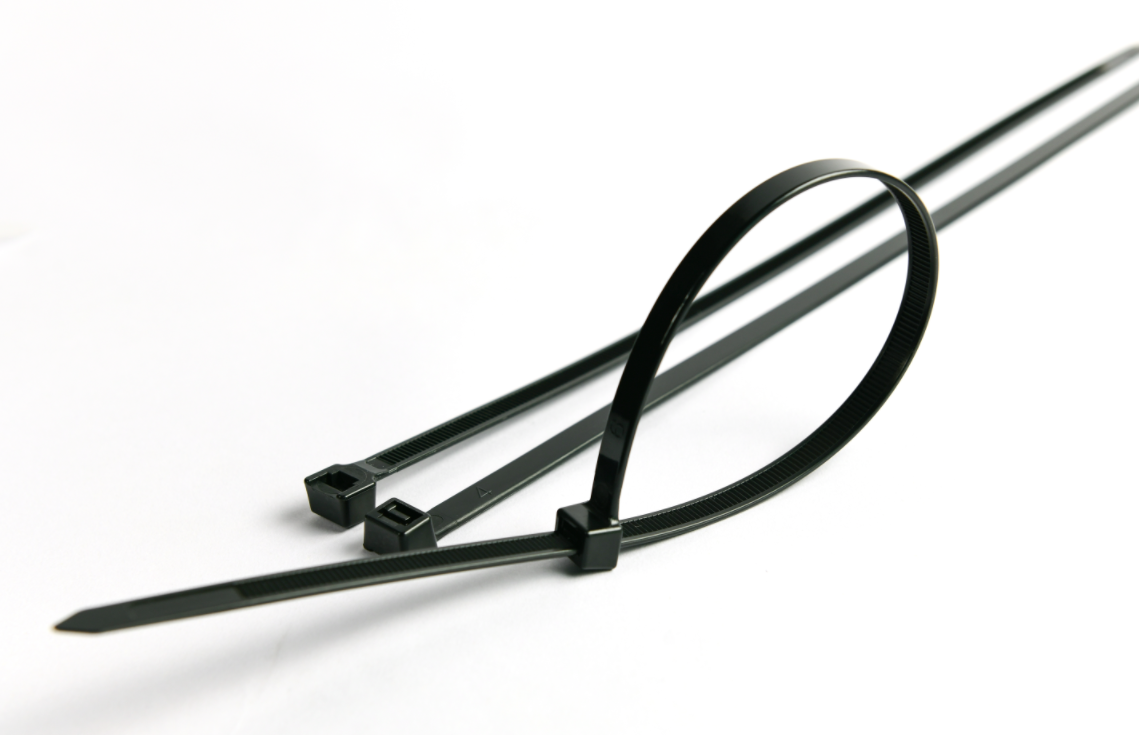05
2025
-
11
Color selection tips for plastic cable ties
Author:
Plastic Cable Tie Color Selection Guide: Enhancing Functionality Through Visual Organization
Understanding the Role of Color in Cable Management
Color coding in cable management systems transforms disorganized wiring into visually intuitive setups. By assigning specific hues to different circuit types, users can instantly identify power cables, data lines, or audio-visual connections. For example, a studio setup might use red ties for audio cables, blue for video, and green for power supplies. This visual system reduces troubleshooting time by 40% in professional environments, as technicians can trace connections without manual labeling.
The psychological impact of color extends to workspace efficiency. A 2024 study revealed that technicians working with color-coded systems completed cable installation tasks 25% faster than those using monochromatic solutions. The cognitive load of memorizing cable functions decreases significantly when visual cues replace mental tracking.
Environmental Factors Influencing Color Durability
UV Resistance in Outdoor Applications
Black plastic ties containing carbon black additives demonstrate superior UV resistance compared to lighter shades. When exposed to direct sunlight in coastal environments, non-UV-stabilized white ties showed 60% color fading within 12 months, while black variants maintained 90% of their original pigmentation. This durability makes black the preferred choice for solar panel installations, outdoor lighting systems, and marine applications.
Temperature-Induced Color Shifts
High-temperature environments cause thermal degradation in certain dye formulations. Red ties exposed to 120°C industrial settings exhibited 30% color intensity loss after 500 hours, while yellow variants showed 20% fading under identical conditions. For automotive engine compartments or industrial machinery, selecting heat-stable dyes becomes critical to maintaining visual identification over time.
Chemical Exposure Considerations
In laboratory or manufacturing settings where ties contact solvents or oils, color stability varies by dye type. Fluorescent orange ties demonstrated 50% faster color degradation when exposed to ethanol compared to standard red formulations. This chemical sensitivity necessitates careful material selection in pharmaceutical production facilities or automotive painting bays.
Practical Implementation Strategies
Layered Color Systems for Complex Installations
Data centers implementing tiered color schemes achieve 35% faster maintenance times. Primary color coding (red for power, blue for network) gets supplemented with secondary hues (light blue for server racks, dark blue for storage arrays). This multi-layer approach allows technicians to navigate 10,000+ cable connections with visual precision.
Temporary vs. Permanent Solutions
Fluorescent green ties serve dual purposes in construction sites. Their high visibility marks temporary cable runs during initial installations, then gets replaced with standard black ties for final setups. This phased approach reduces material waste by 20% while maintaining safety standards throughout the project lifecycle.
Accessibility Considerations
Color-blind friendly systems prioritize contrast over specific hues. Using black ties on white cable trays achieves 85% recognition accuracy among color-vision deficient users, compared to 60% for red-on-black schemes. This accessibility principle extends to medical facilities where staff must quickly identify emergency power circuits.
Industry-Specific Color Protocols
Aerospace Standards
Military specifications mandate color coding for aircraft wiring. Yellow ties identify fuel system components, while purple marks oxygen lines. These protocols reduce installation errors by 75% in complex avionics systems, where miswiring could lead to catastrophic failures.
Automotive Manufacturing
Car manufacturers use color-coded ties for just-in-time assembly processes. White ties secure wiring harnesses during body-in-white stages, then get replaced with black ties during final assembly. This two-step process ensures quality control while accommodating rapid production lines.
Entertainment Industry
Live event production teams employ color-coded ties for rapid setups. Orange ties bundle audio cables, silver marks lighting dimmer packs, and gold identifies video feed lines. This system allows stage crews to dismantle and reconstruct stages 40% faster between shows.
The strategic application of plastic tie colors extends beyond mere aesthetics. By aligning visual systems with environmental demands, operational requirements, and industry standards, organizations create cable management solutions that are both functional and future-proof.
plastic cable ties
Hot News
2025-11-05
Color selection tips for plastic cable ties
Color coding in cable management systems transforms disorganized wiring into visually intuitive setups. By assigning specific hues to different circuit types, users can instantly identify power cables, data lines, or audio-visual connections. For example, a studio setup might use red ties for audio cables, blue for video, and green for power supplies.
2025-11-05
Selection of the bending resistance performance of plastic cable ties
When selecting plastic cable ties for applications involving repeated bending, such as automotive wiring harnesses, industrial pipe bundling, or outdoor installations, understanding their bending resistance is crucial. This guide explores key factors influencing bending performance and provides practical selection criteria.
2025-11-04
Selection of tensile strength for plastic cable ties
Tensile strength measures a plastic cable tie’s ability to withstand pulling forces without breaking. It is determined by the polymer’s molecular structure, manufacturing process, and cross-sectional design. The base material’s inherent strength—such as polyamide 66 (PA66) versus polypropylene (PP)—plays a critical role.
2025-11-04
Selection of anti-aging performance for plastic cable ties
Plastic cable ties face degradation from environmental factors such as ultraviolet (UV) radiation, temperature fluctuations, humidity, and chemical exposure. The molecular structure of the material determines its inherent resistance to these stressors. For instance, polyamide 66 (PA66) is widely recognized for its superior aging resistance compared to polyamide 6 (PA6) due to its lower water absorption rate and higher thermal stability.

